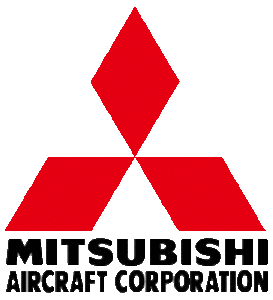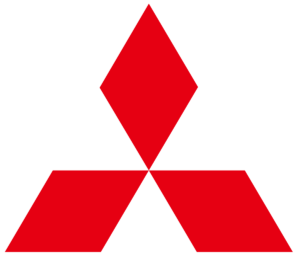The G3M was originally designed without any form of defensive weaponry, with its high-altitude performance being regarded as sufficient to evade enemy anti-aircraft guns and its high speed in combination with the planned high-performance Mitsubishi A5M fighter envisaged as an armed escort considered sufficient to counter any enemy fighters.

